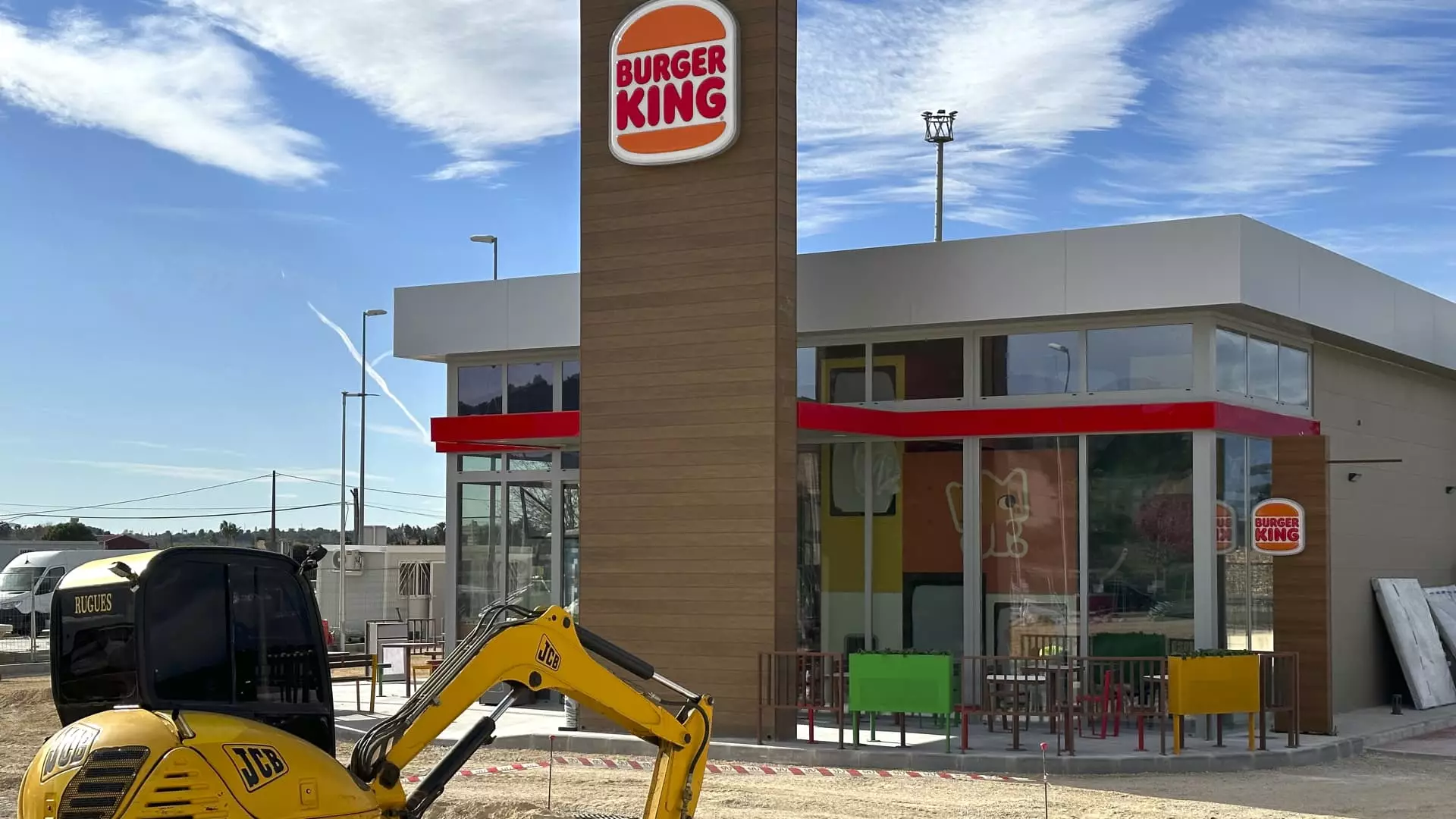Restaurant Brands International (RBI), the parent company of notable chains such as Burger King, Popeyes, and Tim Hortons, recently released its third-quarter financial results, and the findings are somewhat troubling. The company’s earnings per share came in at 93 cents, narrowly missing the analysts’ expectations of 95 cents. Similarly, revenue of $2.29 billion fell short of the anticipated $2.31 billion. Despite the company’s ongoing efforts to boost sales, RBI recorded a modest worldwide same-store sales growth of just 0.3% during this challenging quarter.
The dismal performance came hot on the heels of disappointing same-store sales across all four of its store brands, triggering a nearly 2% drop in shares during morning trading on the day following the report. This decline underscores a downward trend that has emerged within the competitive fast-food landscape, wherein consumer spending habits appear to be shifting significantly.
Looking deeper into individual brand performance, the situation varies considerably. Burger King experienced a decline of 0.7% in same-store sales, which was unexpected since analysts were predicting stable sales. According to CEO Josh Kobza’s remarks, the chain is in the midst of a turnaround phase. However, consumer spending has been weakened, affecting the overall market dynamic and triggering a renewed focus on value promotions to entice customers back into the restaurants. With inflation still a concern and dining out costs rising, RBI’s brands face intense competition on pricing across the sector.
Popeyes also recorded disappointing results, with a sharp drop of 4% in same-store sales against a forecasted increase of 0.2%. In an effort to revive sales, the brand had launched value-driven promotions such as a three-piece chicken meal for $5, along with its Big Box deal. While Kobza indicated that these initiatives are beginning to attract more customers, the overall performance still lags behind expectations.
Firehouse Subs presents an even more stark case, where same-store sales plunged 4.8%, marking a significant deviation from the expected 0.4% decline. As the newest addition to RBI’s portfolio, it remains the smallest brand, complicating its capacity to influence overall company growth.
In contrast, Tim Hortons reported positive growth within its domestic markets, securing 2.3% growth in same-store sales. Nonetheless, this was still below Wall Street’s forecasts. The coffee giant appears to be mitigating negative trends through improved operations and better service speed, yet it remains a reminder that recovery is a gradual process.
Overall, RBI is facing headwinds, not just due to internal brand-specific issues but also because of prevailing market conditions. Despite a slight rebound in same-store sales during early October, the company’s adjustment of its full-year outlook for system-wide sales growth from 5.5%-6% to a revised estimate of 5%-5.5% signals caution about future performance.
CEO Josh Kobza attributed some positive trends to external factors, such as declining gas prices and moderating inflation. These economic indicators may serve to improve consumer sentiment in the near term, but whether they will be enough to fully revitalize sales at RBI’s outlets remains to be seen.
RBI’s growth will heavily depend on its ability to navigate ongoing industry challenges and adapt to the changing preferences of consumers who are increasingly conscious of their spending. The importance of value offerings cannot be overstated, and succeeding in a saturated market full of traditional and emerging rivals will require more than just temporary promotions—it will require a strategic reassessment of each brand’s market position.
While Restaurant Brands International has established itself as a major player in the fast-food industry, its recent quarterly results highlight the complexity of the operational landscape. The varied performances of its brands show that immediate gains in customer traffic might not be enough to offset longer-term trends in consumer spending. The road ahead requires incisive strategy adjustments for sustained growth and resilience against the industry’s unpredictable economic climate.

